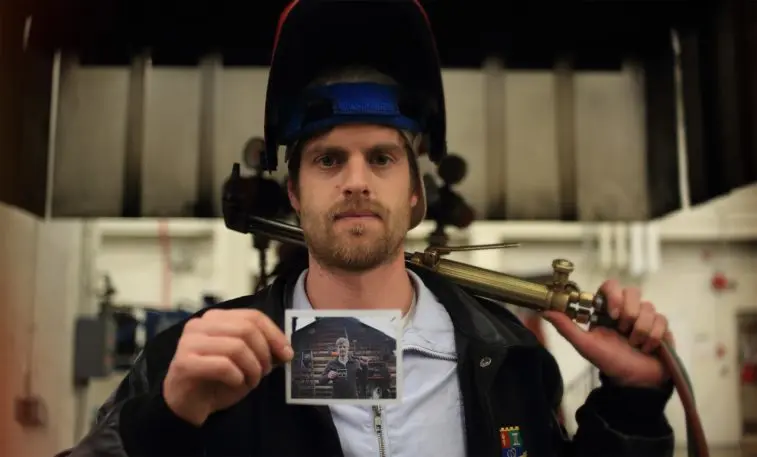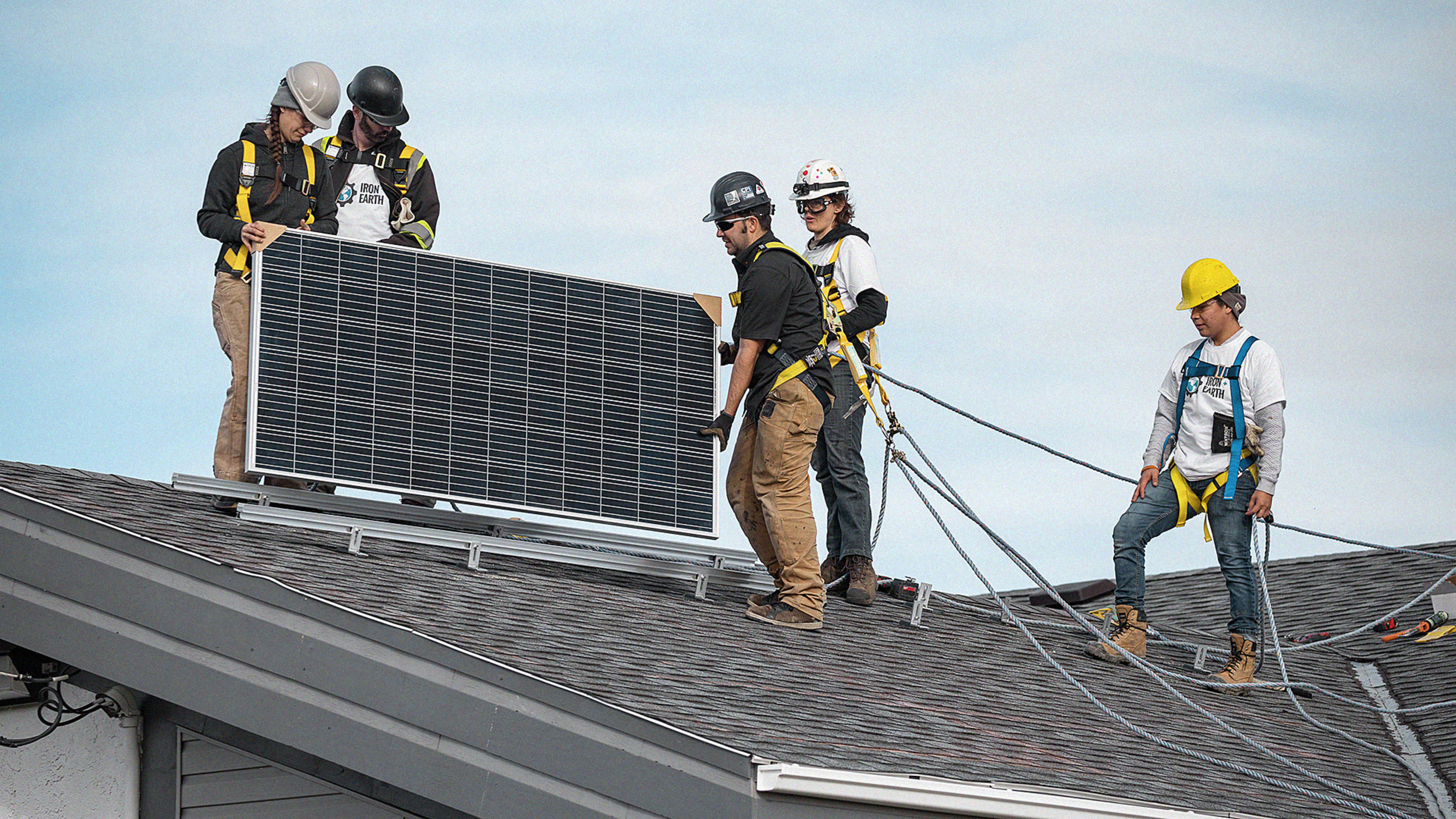As oil prices crashed in 2015 and jobs began to disappear in Canada’s tar sands, a group of local workers started thinking about a new opportunity: how to retrain fellow oil and gas workers to work in renewable energy instead.
“I was always really passionate about the environment and the potential for renewable energy, and I discovered through years of conversations with coworkers that a lot of them were passionate about renewable energy as well,” says Lliam Hildebrand, who began working in the oil sands about seven years ago and is director of strategy and engagement for the grassroots organization behind the training programs, Iron and Earth. “It just struck me as really interesting–the stereotype of workers compared to who these workers were and what their perspectives were.”

A report in 2016 estimated that since oil prices collapsed, Canada has lost roughly 40,000 jobs in the oil and gas industry. In December 2016, Statoil, a Norwegian company, sold its tar sands assets at a loss. Koch Industries ended plans for a new project. In 2017, Imperial Oil wrote down 2.8 billion barrels of reserves in Alberta because it couldn’t make the economics of extracting the oil work. ConocoPhillips and ExxonMobil admitted that billions of their own reserves would likely have to stay in the ground. Shell sold off its tar sands assets for $7.25 billion. At the same time, investment in renewable energy in Canada is growing.

In the first five-day course, in October, 15 trainees installed solar panels at a community daycare on tribal land in Alberta. A similar course happened in November. The organization plans to train 1,000 oil and gas workers in its first campaign.
Hildebrand says that, as someone in the industry, he’s had success in organizing that he doesn’t think he would have had if he’d come in as an outside activist. “I wouldn’t have been able to do this work if I hadn’t worked in the oil sands,” he says. “My time on site is what has really shaped my perspective of what’s possible and what workers are interested in and what kind of support they might need.”
While he had a “relatively radical” vision for Canada’s energy future before he started working at Fort McMurray, his view has shifted to something more pragmatic. He isn’t calling for an immediate end to production in the oil fields, recognizing that people rely on it for their livelihoods. But he acknowledges that emissions will need to reach net zero by 2050. The organization’s goal is to make that transition happen smoothly for communities and the environment.
Jobs in renewable energy are growing in the area. “It is just starting to increase exponentially,” he says. “Everything that we hear from solar companies is that we’re just entering the tip of an exponential curve.”
The organization is opening new chapters across Canada, and hopes to expand into the U.S. A suite of skilled jobs–from ironworkers and crane workers to scaffolders and boilermakers–could transition relatively easily from fossil fuel industries to renewable energy. As coal plants are retired, former coal plant operators could also make the shift.
“Wherever there’s workers getting laid off from the building trade/maintenance side of a coal power plant, they are very well positioned, quite likely, to enter the renewable energy sector,” Hildebrand says. “We’ll try to provide that support wherever possible.”
Recognize your brand’s excellence by applying to this year’s Brands That Matter Awards before the early-rate deadline, May 3.
